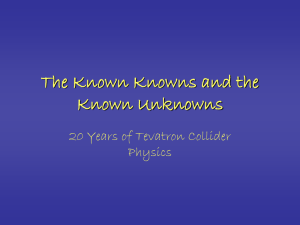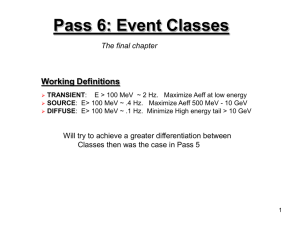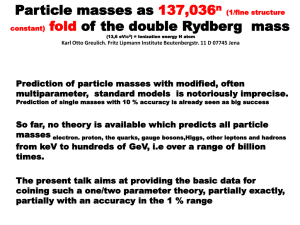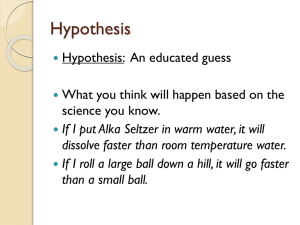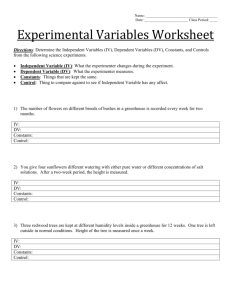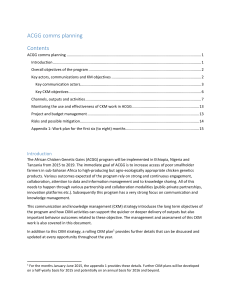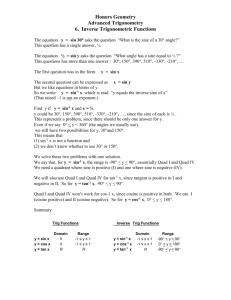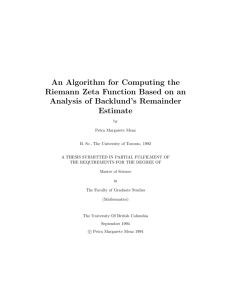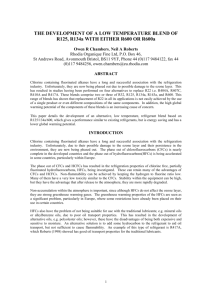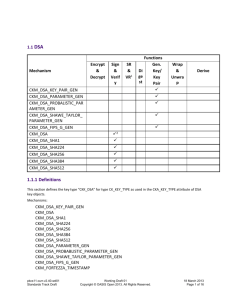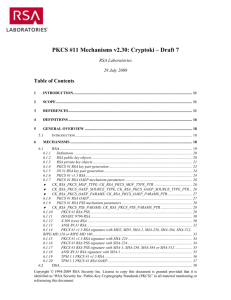DOC
advertisement
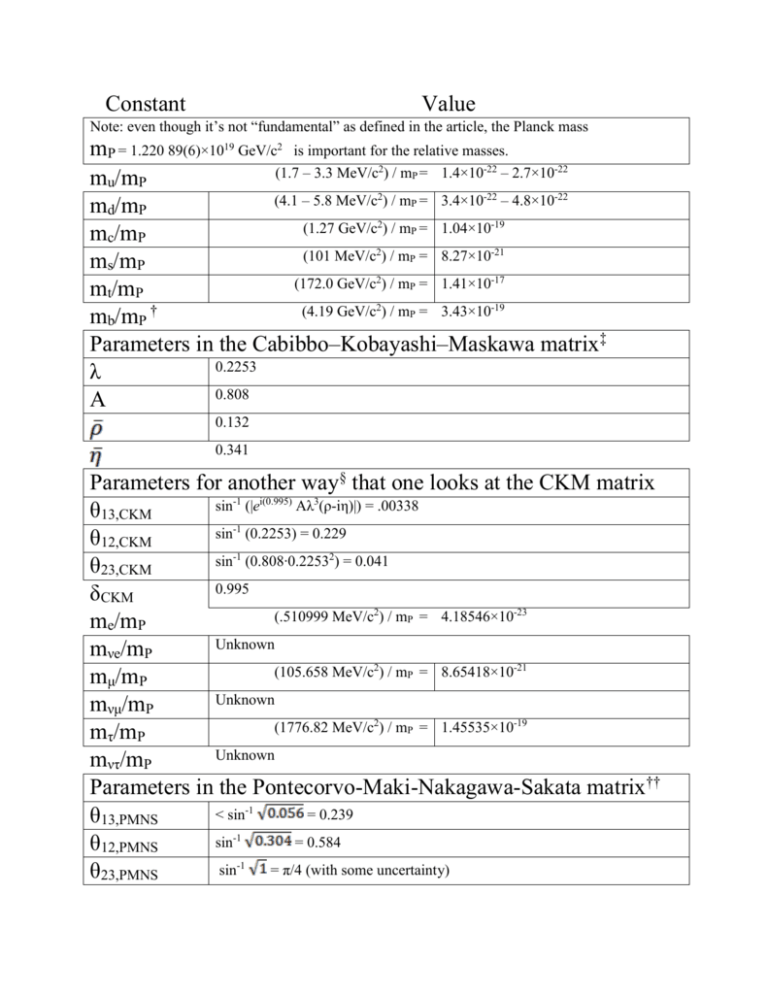
Constant Value Note: even though it’s not “fundamental” as defined in the article, the Planck mass mP = 1.220 89(6)×1019 GeV/c2 is important for the relative masses. (1.7 – 3.3 MeV/c2) / mP = 1.4×10-22 – 2.7×10-22 mu/mP (4.1 – 5.8 MeV/c2) / mP = 3.4×10-22 – 4.8×10-22 md/mP (1.27 GeV/c2) / mP = 1.04×10-19 mc/mP (101 MeV/c2) / mP = 8.27×10-21 ms/mP (172.0 GeV/c2) / mP = 1.41×10-17 mt/mP (4.19 GeV/c2) / mP = 3.43×10-19 mb/mP † Parameters in the Cabibbo–Kobayashi–Maskawa matrix‡ 0.2253 λ 0.808 A 0.132 0.341 Parameters for another way§ that one looks at the CKM matrix sin-1 (|ei(0.995) Aλ3(ρ-iη)|) = .00338 θ13,CKM sin-1 (0.2253) = 0.229 θ12,CKM sin-1 (0.808∙0.22532) = 0.041 θ23,CKM 0.995 δCKM (.510999 MeV/c2) / mP = 4.18546×10-23 me/mP Unknown mνe/mP (105.658 MeV/c2) / mP = 8.65418×10-21 mμ/mP Unknown mνμ/mP (1776.82 MeV/c2) / mP = 1.45535×10-19 mτ/mP Unknown mντ/mP Parameters in the Pontecorvo-Maki-Nakagawa-Sakata matrix†† < sin-1 = 0.239 θ13,PMNS sin-1 = 0.584 θ12,PMNS sin-1 = π/4 (with some uncertainty) θ23,PMNS Unknown δPMNS Unknown mH Unknown vevH Gauge coupling constants (ggroup) are given at an energy of mZ∙c2 = 91.1876 GeV, i.e. ggroup = ggroup(mZ∙c2) gU(1) = g' 0.357 0.652 gSU(2) = g A relation can be seen between the fine structure constant α and the two previous gauge coupling constants: α(mZ) = = .00780 = 1/128, which is not our familiar 1/137, but actually does agree with experiment[1] because of the higher energy. gSU(3) = gs 1.221 The strong force coupling can also be formulated with αs(mZ) = ΩΛ(= )‡‡ = 0.1184 0.74 † Mass value from the modified minimal subtraction scheme ‡ Wolfenstein parameterization, where the CKM matrix is given by: §Using the relations: λ = s12; Aλ2 = s23; Aλ3(ρ − iη) = s13e−iδ, where cij = cos θij, sij = sin θij , we can also write the CKM matrix as: †† Pontecorvo-Maki-Nakagawa-Sakata matrix defined the same as the CKM matrix ‡‡ H0 is the Hubble constant. The values of the constants are taken from PDG, except the g-values (coupling constants) which came from the Wikipedia page on the standard model. I also used Wikipedia for the CKM matrix and the PMNS matrix (Neutrino oscillations). Other sources I found useful (essential) are given below. e2 = in Lorentz-Heaviside “natural” units from http://www.physicsforums.com/showthread.php?t=365156 e= (Lorentz Heaviside) from the Wikipedia page on natural units [1] F. Jegerlehner, hep-ph/0105283 (2001) List of 26 constants taken from John Baez http://math.ucr.edu/home/baez/constants.html © 2011 David Black


